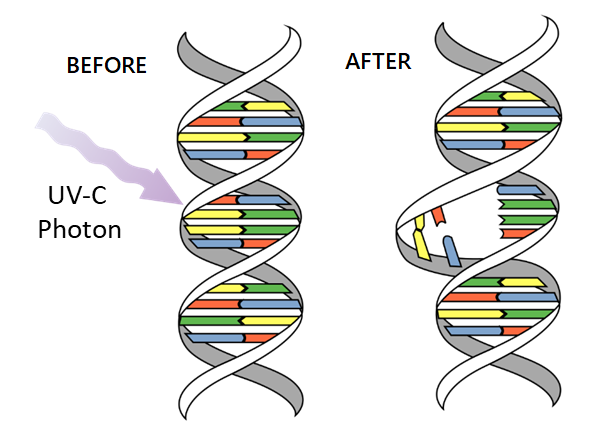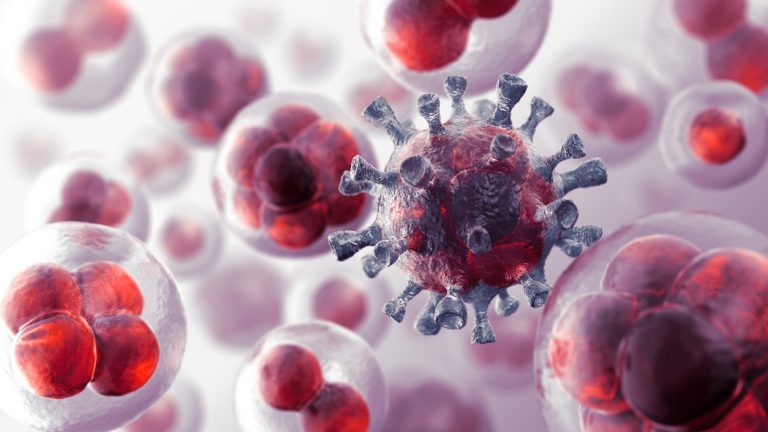GERMICIDAL PROPERTIES OF UV-C
We exploit the properties of UV-C to decontaminate the air and equipments, without danger to people
We exploit the germicidal properties of UV-C to decontaminate the air, surfaces and equipment, without danger to people
UVGI (Ultraviolet Germicidal Irradiation) technology is fast and effective, without chemicals. It has been used in laboratories for over 150 years.
The particularity of ON-LIGHT is today to be able to control this light power to exploit the germicidal potential of UVGI, outside the standardized use of laboratories (sterilization devices) and to transpose it to public places, with a operation in the presence of people, continuously and in complete safety.
Light and its properties
Light and its properties
Light is made up of many wavelengths, some visible, some not.
Our eye only perfectly sees the visible part of the electromagnetic spectrum, from 400 nanometers (nm) in wavelength (blue light) to 700 nm (red light).


If les Infra-Rouges are perceived by the heat they give off, ultraviolet rays are not immediately felt but their harmful effects on the skin and eyes are real.
UV-A makes us tan. By their action at the basal level, they cause a reaction of protection of the cells of our skin by the synthesis of melanin responsible for tanning.
UV-B, more energetic but less penetrating than UV-A, helps us to synthesize Vitamin D and helps to fight against psoriasis and eczema.
It is the penetrating nature of these two rays (UV-A and UV-B) that makes them harmful to the skin (cell degeneration), in the event of overexposure.
UV-C that we exploit have a very short wavelength. They are quickly absorbed on the surface but have enough energy to penetrate very small pathogens and have a germicidal effect on viruses, bacteria and spores.
It is on this property that our air, object and surface decontamination systems are based.
Inactivation mechanism
Inactivation mechanism
Very energetic, UV-C rays are absorbed by the genetic material of pathogens due to their small size: viruses from 20 to 200 nm and bacteria from 1000 to 2000 nm.
This absorption forms nodes in the genetic code of pathogens (dimerization) and makes reading and expression of the genome impossible.
The viruses are then unable, once in a cell, to express their genetic code and are destroyed by the cells.
Bacteria, on the other hand, cannot create the proteins they need.


Results
Results
Exposed to UV-C rays, bacteria die and viruses are inactivated, they can no longer infect their hosts or reproduce.
This technique makes it possible to fight against SARS-CoV-2 (Covid-19), tuberculosis, influenza, avian flu, etc.
Continuous operation
Continuous operation
Most pathogens emitted by people are emitted by their breathing.
The air that comes out of our lungs is 35°C, warmer than the surrounding air. It therefore rises naturally and carries the pathogens with it.
The upper area of the pieces is therefore the right place to destroy them.
When hot air passes through the germicidal beam, pathogens are destroyed and their spread stopped.


